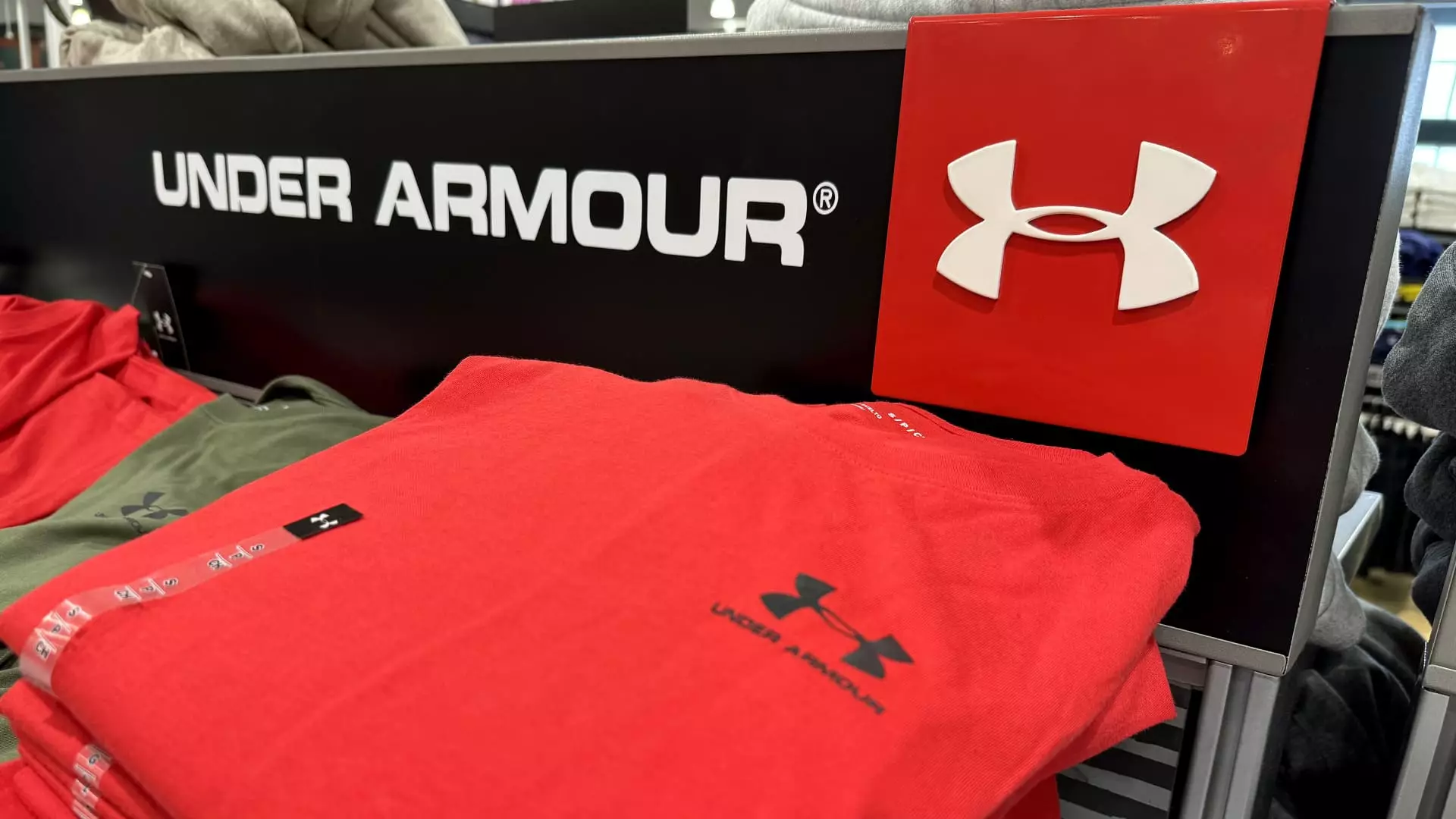Under Armour recently announced its fiscal first-quarter results, which surpassed Wall Street expectations. Despite a decline in overall sales, the company’s earnings per share and revenue numbers were higher than anticipated. These positive results led to a 17% increase in the company’s stock price at the opening of trading.
During the first fiscal quarter, Under Armour reported a loss of $305.4 million, a stark contrast to the profit of $10 million from the previous year. Adjusted earnings per share came in at 1 cent, compared to the expected loss of 8 cents. Revenue also fell to $1.18 billion, reflecting a 10% decrease from the same period a year ago. The company recently settled a long-standing securities lawsuit for $434 million, further impacting its financial health.
Looking ahead, Under Armour expects to post a loss in fiscal 2025, with projected losses per share ranging from 53 to 56 cents. This shift marks a significant departure from the previously anticipated earnings per share of 2 to 5 cents. The company’s restructuring efforts aim to reverse declining sales and boost profitability. Previous cost-cutting measures, including layoffs and reduced promotions, underline the challenges Under Armour faces.
Sales in North America, Under Armour’s primary market, declined by 14% but still exceeded analysts’ estimates. The company’s wholesale and direct-to-consumer revenue also experienced reductions during the quarter. Despite these setbacks, Under Armour aims to reposition itself as a premium brand, following a strategy similar to Nike’s. The addition of new talent and acquisitions, such as sustainable fashion brand Unless Collective, signal the company’s commitment to growth and innovation.
While Under Armour’s first-quarter results outperformed expectations, the road to recovery remains uncertain. The brand’s shift to a premium positioning and focus on core fundamentals may take time to yield tangible results. The intense competition in the athletic apparel industry, coupled with leadership turnover and potential governance issues, add to Under Armour’s challenges. The company’s ability to maintain brand value and product quality will be critical in navigating these obstacles.
Under Armour’s recent financial performance underscores the complex nature of its turnaround efforts. While initial progress is promising, sustained growth and profitability will require a comprehensive long-term strategy. By focusing on brand positioning, innovation, and operational efficiency, Under Armour can strive to regain its competitive edge in the market.

